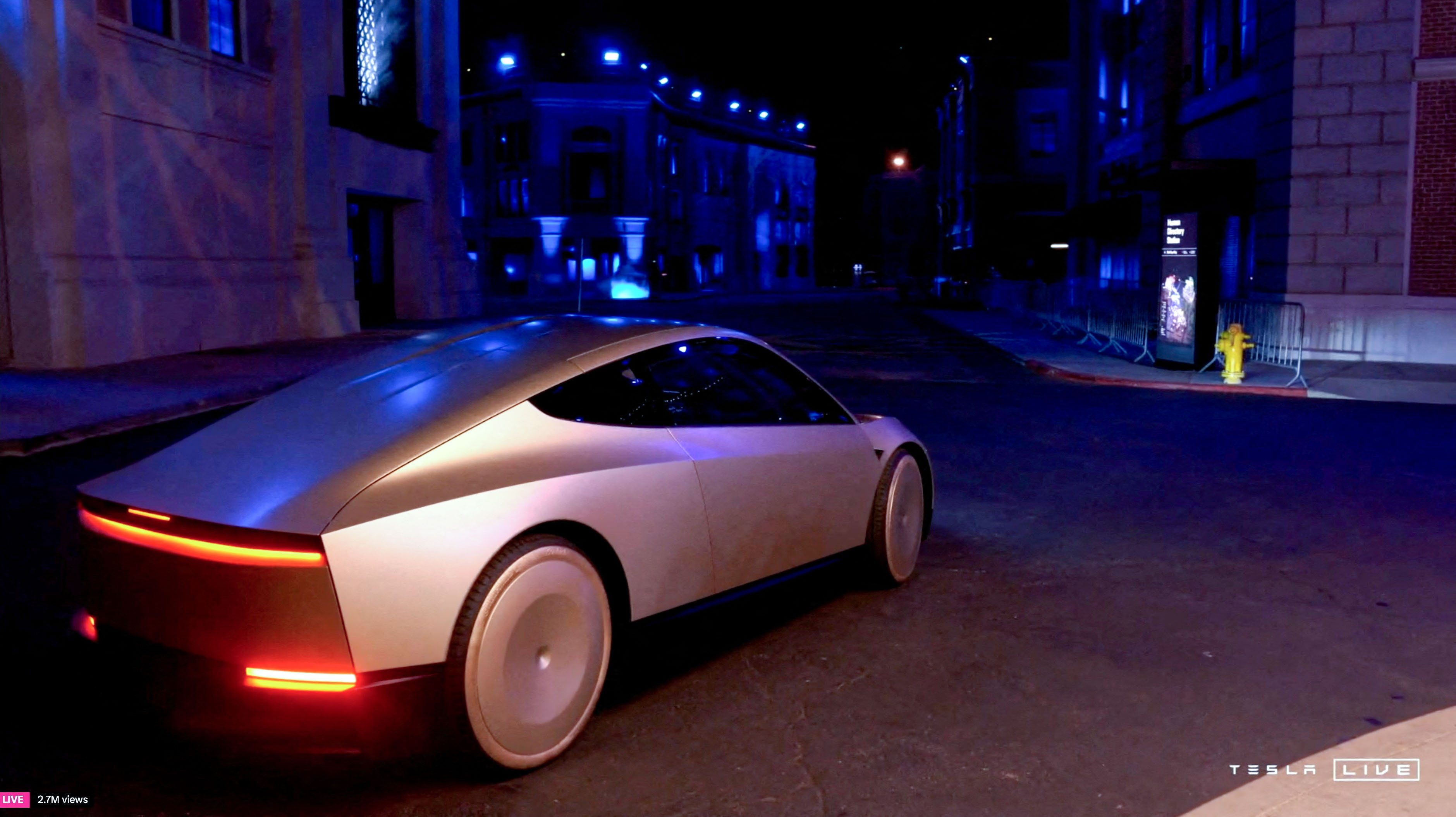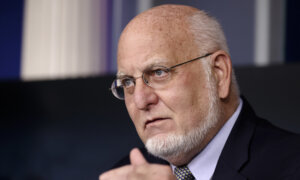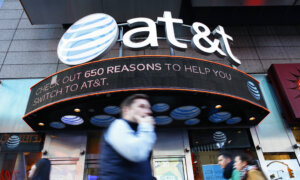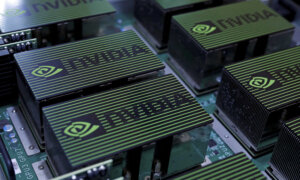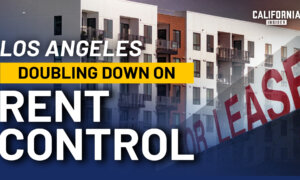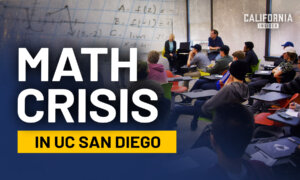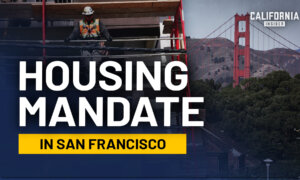Tesla CEO Elon Musk on Oct. 10 unveiled a new vehicle dubbed the robotaxi as well as a larger vehicle the company is calling the Robovan.
The robotaxi, or cybercab, has no steering wheel or pedals. The five-seater is aimed at transporting people autonomously.
“You could fall asleep and wake up at your destination,” Musk told the crowd in Los Angeles.
The cost of the cybercab is expected to be less than $30,000. Self-driving tests in Texas and California are planned for 2025 for other Tesla vehicles, and Musk is optimistic about the production of cybercabs taking place before 2027.
Musk said in 2019 that he expected Tesla would have robotaxis being produced by 2020, one of a number of projections that have not been met.
The Robovan has a much larger capacity, being able to carry up to 20 people. The vehicle has no visible wheels and no windshield. The interior features swivel seats and futuristic lighting.
Musk and Tesla did not say when the Robovan is expected to be available.
Both new vehicles are designed to charge on a charging pad, unlike current Tesla vehicles that need to be plugged in.
Running the Cybercab will cost 20 cents a mile over time while operating the Robovans will be even cheaper, at 5 cents a mile, according to Musk.
The vehicles will rely on artificial intelligence and cameras rather than hardware common among robotaxi rivals, he said, such as lidar.
The event also featured Optimus robots that are made by Tesla. The robots are expected to cost $20,000 to $30,000, according to Musk. He has said they may be available by the end of 2025.
“I think this will be the biggest product ever, of any kind,” Musk said on Thursday.
As Tesla’s electric vehicle sales lag behind projections, Musk, a billionaire who heads multiple companies, has been shifting the company to artificial intelligence and robotics.
“Really, we should be thought of as an AI or robotics company,“ Musk told investors earlier this year. ”If you value Tesla as just an auto company, you just have to—fundamentally, that’s just the wrong framework. If you ask the wrong question, then the right answer is impossible. If somebody doesn’t believe Tesla is going to solve autonomy, I think they should not be an investor in the company.”

Tesla CEO and X owner Elon Musk speaks during an unveiling event for Tesla products in Los Angeles, Calif., on Oct. 10, 2024, in this still image taken from video. (Tesla via Reuters)
Some investors have criticized the pivot, saying Tesla should focus on vehicles.
“His vision is lovely, but somebody has to actualize it,” said Ross Gerber, a Tesla shareholder and CEO of Gerber Kawasaki Wealth and Investment Management. “For now, for the next 24 months, Tesla has to sell EVs. Why aren’t we focused on that?”
Ramesh Poola, co-chief investment officer at Creative Planning, which holds Tesla shares, said he was impressed by the presentation but “obviously, we were looking for more details on what exactly his future plans are going to be and how he’s going to monetize this new AI and robotics.”
Reuters contributed to this report.
